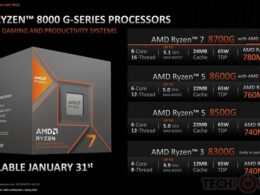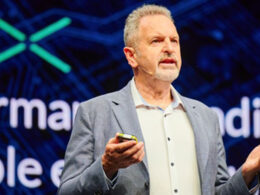Panasonic to Upgrade Battery Production
Panasonic, collaborating with Tesla, is known for focusing on the mass production of battery cells, type 4680. However, the Japanese corporation has not completely abandoned the idea of refining the typical 2170 cell size. Deposit density storage enhancement will be incorporated, sending the updated variant into production in Nevada this year or potentially the next.
Increased Capacity in the Near Future
In an interview with Bloomberg, the technical director of Panasonic’s battery production division disclosed the company’s plans. According to Shoitiro Watanabe, if the circumstances align favorably, the Nevada factory could start producing higher capacity 2170 battery cells this year, and at the latest, by 2025. Furthermore, he added that the company aims to increase the productivity of its American factory by 10%, without the need for expanding or building additional facilities.
Boost in American Battery Output by 2030
Overall, Panasonic intends to boost its production up to 200 GWh of traction batteries, which is an equivalent capacity, in the US by the fiscal year 2030. This projected figure is currently quadrupled. The company is establishing its second factory in Kansas, with the location of its third factory expected to be determined by the end of March this year. Panasonic also harbors the ambition to produce a sufficient number of traction batteries in Japan, forecasting an annual production of 150 GWh by the end of this decade.
Aside from developing production expertise for the 4680 cell size, Panasonic is currently working on integrating silicon-based composite material for anode production, to be supplied by Sila Nanotechnologies. This material is planned to be used in the production of traction batteries for the electronic version of Mercedes-Benz Geländewagen.





